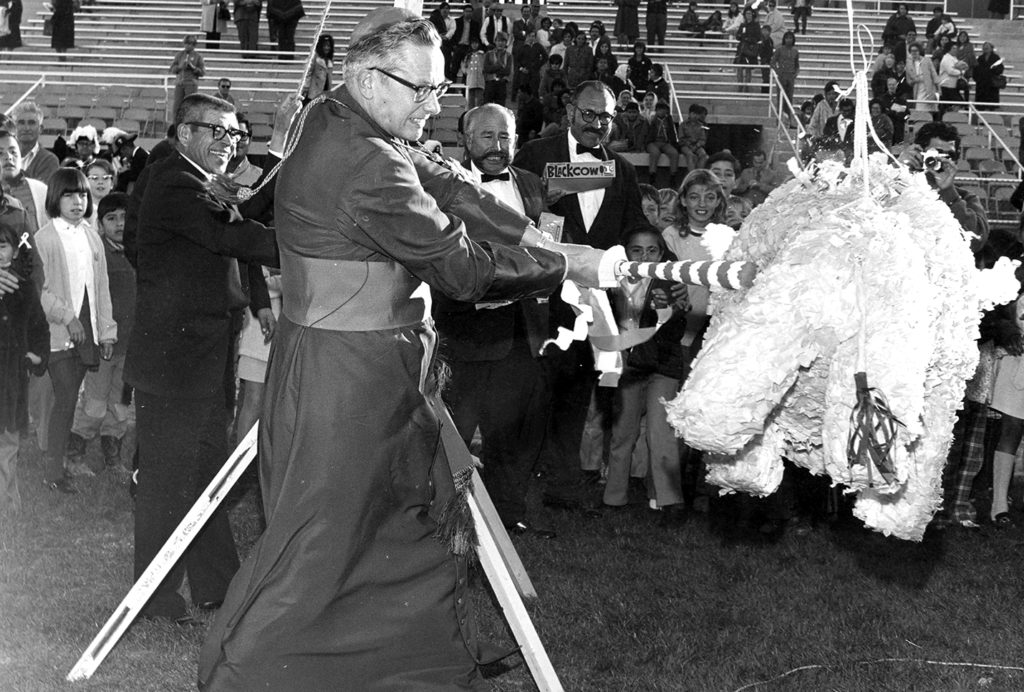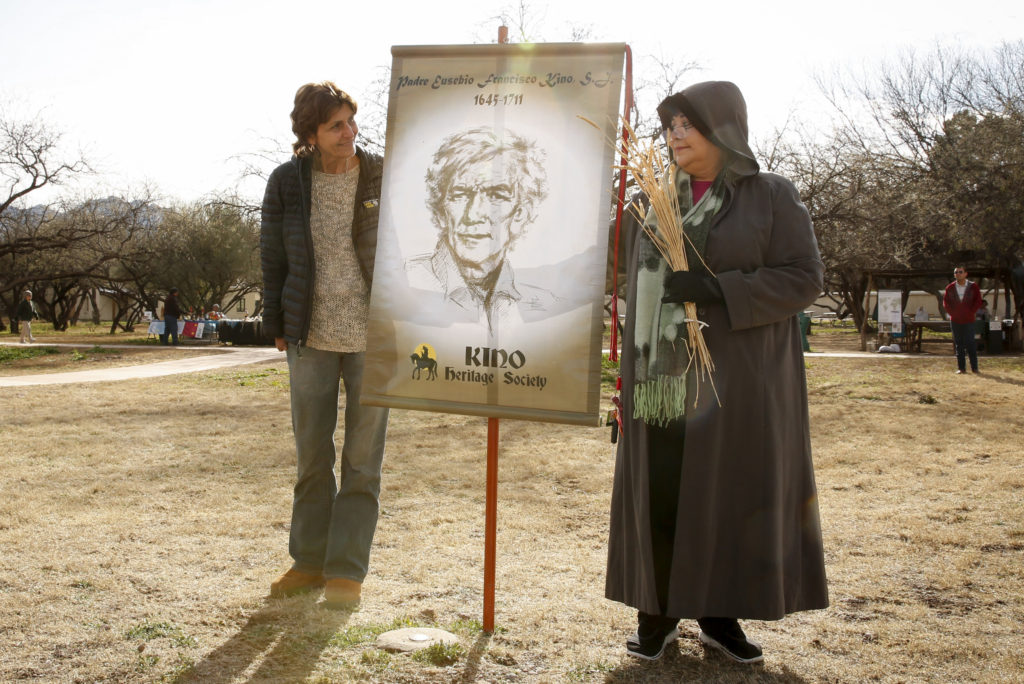

As the Diocese of Phoenix marks its 50th anniversary we have an opportunity to look back on our history. And in this era of incredible technological advancement, that’s a good thing.
Years ago, a television commercial for a technical school mocked the study of the past. The announcer, in a weary tone, told would-be students that “while your friends study ancient history,” (pan shot of bored-looking students before the voice became suddenly upbeat) “you’ll be learning all the latest technology.”
History lovers were not impressed. Our embrace of the latest technological wonders should not cause us to discount the invaluable lessons of yesteryear.
Take Church history, for example. Around the year 153 AD, St. Justin Martyr described the order of the Mass and Church’s belief in the True Presence of Christ in the Eucharist. The way we worship God in the Mass and our core belief in the Eucharist are not something we invented centuries after the public ministry of Christ. It would take 1,500 years and the Reformation to challenge those facts of history — but they are the facts and every Catholic ought to know them.

When we think of the heritage of our diocese, we have to know that it was built on the faith of the missionaries who came before us, who left their families and their homeland to brave the unknown in a harsh desert. From the Franciscan Friars and Jesuits who brought the Gospel to our area centuries ago to the many priests and religious who followed them, ours is a history steeped in missionary zeal.
Revisionist historians, hostile to Christianity, have sought to vilify the missionary efforts of men like St. Junípero Serra, who helped establish 21 missions throughout California. Others have cast Servant of God Eusebio Kino as merely a social justice warrior. But it wasn’t racism that motivated St. Junípero Serra and it wasn’t a thirst for social justice that led Fr. Kino to leave the comforts of home for the vast unknown and extreme hardship. It’s unfathomable to an increasingly secularist society, but these holy priests were on fire with the love of God and wanted every single person they encountered to experience the salvation offered to them in Jesus Christ. They baptized tens of thousands. They were, quite simply, thirsty for souls. And that same zeal is what ought to propel us forward into the next 50 years and beyond.

Moving toward the future
Each of us, by virtue of our Baptism, is called to be a missionary disciple. We need to get over the idea that evangelization is only for priests and religious. We, the laity, have a responsibility to learn our faith and how best to share it with others. And, we need our parishes to come up with creative ways to reach out to those who have wandered away.
In the next 50 years, it’s going to become increasingly urgent for us to recognize that our diocese is still missionary territory. If that surprises you, consider what Sherry Weddell, author of the blockbuster “Forming Intentional Disciples,” discovered in her research: The majority of Catholics do not believe God can be known personally. Similarly, a Pew Research study released last August revealed that only 30 percent of Catholics believe in the True Presence of Christ in the Eucharist.
Brothers and sisters, we’ve got work to do.
According to the Center for Applied Research in the Apostolate, an ever-increasing number of people in our country describe themselves as “nones,” meaning they have no religious preference. Last year these nones comprised nearly 30 percent of the population, up from 22 percent in 2008. When you combine that apathy with the rise of militant atheism, it’s a dire warning. Unless each of us undergoes radical conversion, we will continue to see a decline in the practice of our faith. Souls will be lost.
Let us pray for an outpouring of the Holy Spirit and true conversion of heart for each of us. May the Lord bless us with a share in the fearless faith and missionary zeal of those who came before us.





